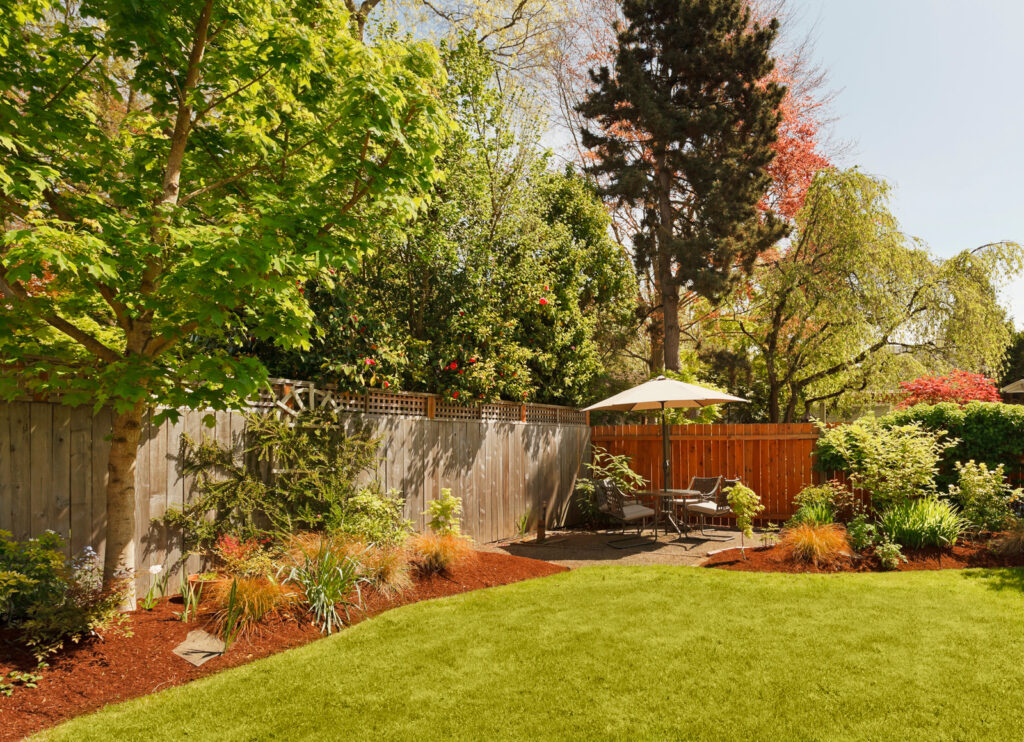
homeowners seeking a low-maintenance yet stunning lawn With its ability to thrive in warm climates and withstand heavy foot traffic, Bermuda grass offers a multitude of benefits. In this comprehensive guide, we will delve into the characteristics, cultivation, and care of this exceptional warm-season grass.
Bermuda grass, scientifically known as Cynodon dactylon, is a warm-season turfgrass prized for its dense, fine-textured appearance. Its ability to spread rapidly through stolons and rhizomes allows it to form a thick, mat-like turf that is highly resistant to wear and tear.
To cultivate a thriving Bermuda grass Maintenance Lawn, it is essential to provide optimal growing conditions:
There are several methods to establish a Bermuda grass lawn:


Proper care is essential for maintaining a healthy and vibrant Bermuda grass lawn:
Despite its resilience, Bermuda grass can encounter challenges. Here are some common issues and solutions:
By following these guidelines, you can cultivate a stunning Bermuda grass lawn that will be the envy of your neighborhood & with minimal maintenance lawn .
Would you like to delve deeper into a specific aspect of Bermuda grass care, such as overseeding techniques or disease prevention?
